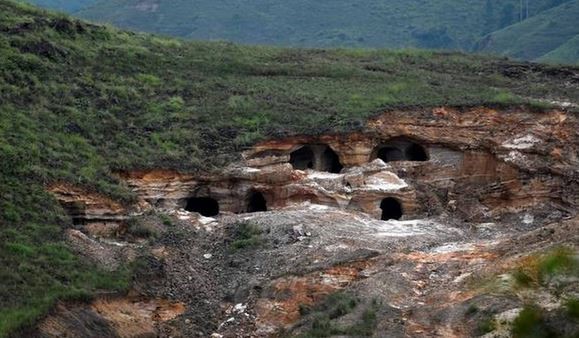Free Courses Sale ends Soon, Get It Now


Free Courses Sale ends Soon, Get It Now



Disclaimer: Copyright infringement not intended.
Context
In the context of the Uttarakhand tunnel collapse and the rescue operation, the term "rat-hole mining" seems to be used metaphorically or as an analogy to describe a method of manually digging through the remaining debris obstructing the tunnel exit where workers are trapped.
Details
Characteristics of Rat-hole Mining
Environmental and Safety Concerns
Legal Status
Conclusion
It's important to note that this rescue technique might not strictly adhere to the traditional coal extraction process associated with rat-hole mining and is adapted for rescue efforts.
|
PRACTICE QUESTION Q. Explain the concept of 'rat-hole mining' prevalent in Meghalaya and its association with unregulated coal extraction practices. Discuss the environmental and safety concerns associated with this method. (250 Words) |
© 2024 iasgyan. All right reserved